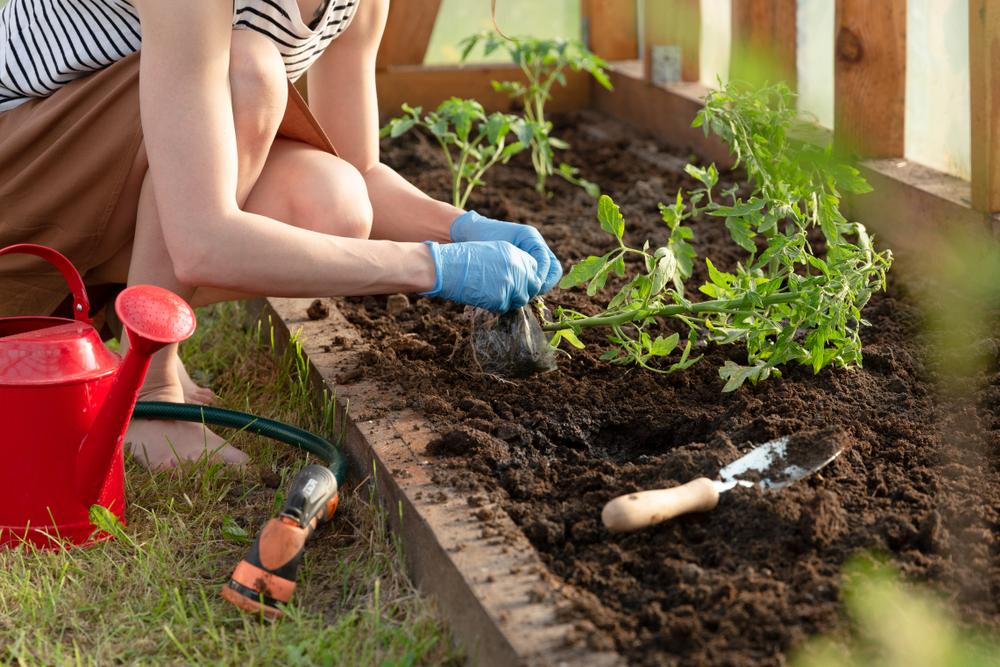His rare infection had previously been reported in only two other humans.


Jessie Zhang is a reporter based in Sydney, Australia, covering news on health and science.
By Jessie Zhang 10/25/2023 Updated: 10/25/2023PrintX
An Australian woman has become the first documented person to survive an infection from a flesh-eating bacteria that had, until now, been considered lethal, according to a new report. This aggressive pathogen is known as the primary cause of “blackleg” in cattle and sheep, where it leads to muscle death in the legs, often resulting in death.
Published in the Medical Journal of Australia, her case details her battle with a bacteria in her blood called Clostridium chauvoei after the only two other known cases, which proved fatal for humans. The 48-year-old woman presented to the Prince of Wales Hospital in Sydney last year with three days of nausea and vomiting and two days of worsening right-sided lower abdominal pain. She was admitted to intensive care after CT scans and blood tests showed multi-organ failure, including liver and kidney issues, as well as dangerously low blood pressure. The bacteria had entered her bloodstream, likely through scratches on her arms, which she had received from her agitated cats while gardening, according to Dr. Ria Ko, who performed the woman’s blood test. “We thought that the most likely point of entry for this bug would be from contaminated soil, with Clostridium chauvoei entering her bloodstream through these scratches,” Dr. Ko, who is also the lead author of the article, told the Guardian.
Method of Recovery
In the woman’s case, the pathogen created toxins causing a condition where sections of bowel tissue die, resembling “flesh-eating” symptoms. Her liver and kidney function improved after hyperbaric oxygen therapy, a procedure used to increase the amount of oxygen reaching body tissue. While she initially recovered, a hole in her bowel wall required urgent surgery. “The pathologist was able to identify the area of bowel that was so thin, it was like paper thin … and then eventually perforated,” Dr. Ko said. She was eventually discharged from the hospital two and a half weeks after the surgery.
Flesh-Eating Bacteria Cases on the Rise
This case comes as infectious disease experts warn that the threat of flesh-eating bacteria increases. A “flesh-eating bacteria” called Vibrio vulnificus has been making headlines, with news of deaths and

patients having to amputate limbs to control the infection. Skin-eating bacteria commonly infiltrate through a break in the skin’s barrier, such as scrapes, cuts, or wounds, and cause rapid and progressive tissue death as the bacteria release toxins that break down nearby muscles, nerves, and blood vessels. They can also infiltrate the abdominal wall, perianal, and groin area, usually among immunocompromised patients.
The body’s immune response also contributes to the worsening of infected tissue. As more immune cells attend infected tissues, pressure, and air build up in the muscles, further accelerating the death of muscle tissues, nerves, and blood vessels. Due to pressure and tissue damage, flesh-eating bacteria cause severe pain in the infected areas. “Incredible pain is one of the tipping points,” Dr. H. Dele Davies, a pediatric infectious disease expert and the senior vice chancellor for academic affairs at the University of Nebraska Medical Center, previously told The Epoch Times. Some patients may show no signs of physical injuries, as the bacterium may have entered the body through orifices. This tends to occur in the immunocompromised.
Even if the bacterium enters through a wound in the skin, the infection may not appear at that entry site. Patients may also develop redness or a blister near the wound opening. “Occasionally … you’ll see a blister that’s got blood or black blood underneath it,” Dr. Davies said, “but the key message really is they just show up with a lot of pain,” often without being able to explain the reason for that pain. Redness, swelling, and pus formation may also occur. Although unusual, the Australian case highlights the importance of taking precautions when dealing with soil or animals such as wearing gloves and practicing proper hygiene. The case report authors also suggested that she survived due to prompt surgery and a lack of “significant” health conditions.
Marina Zhang contributed to this article.
